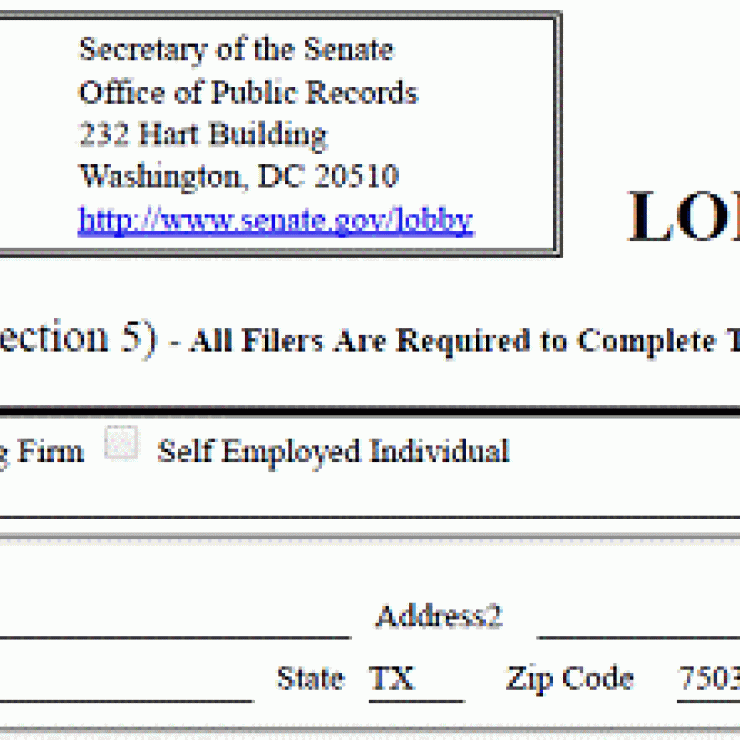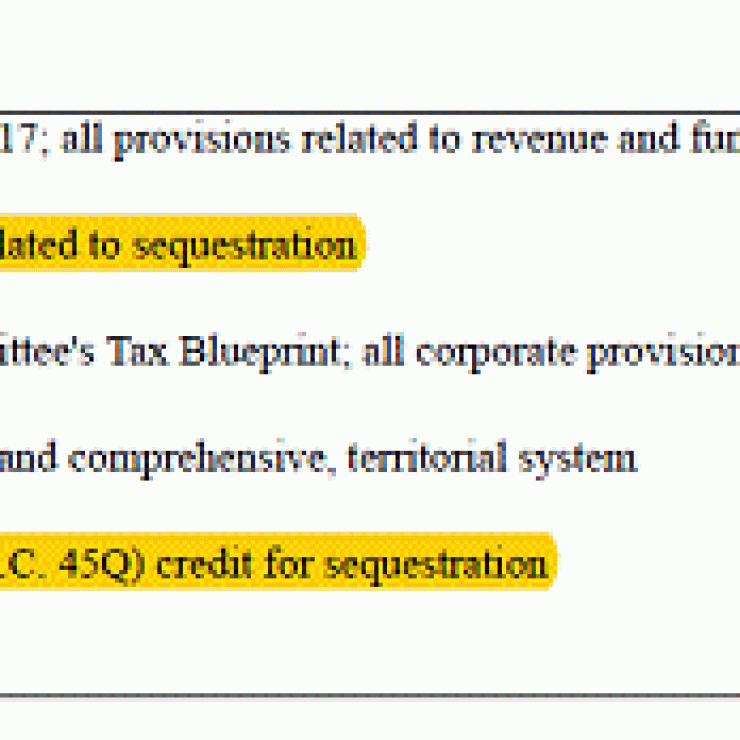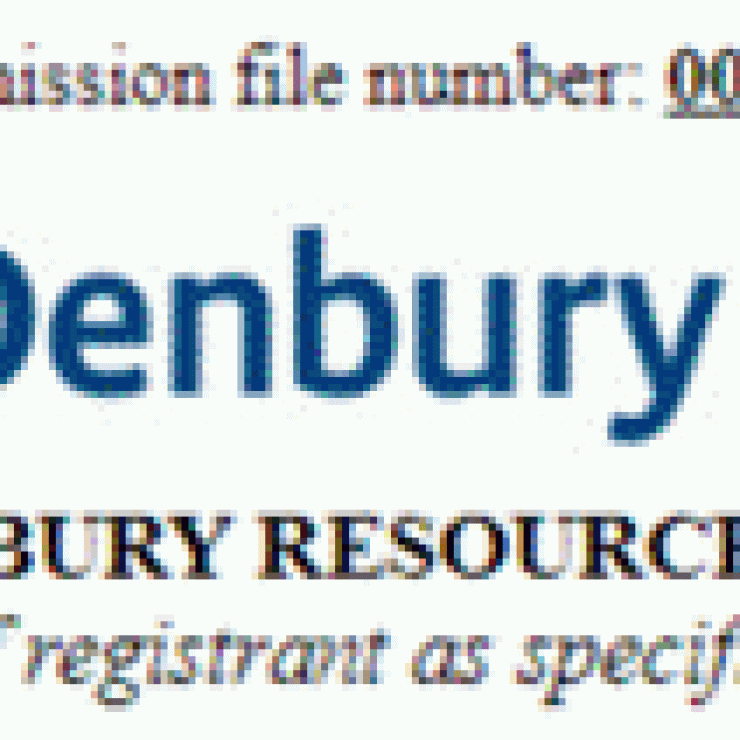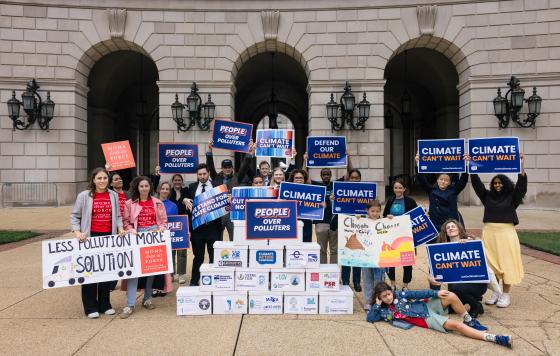Read Part 1: The FUTURE Act is Stuck in the Past
Wouldn’t it be nice to qualify for tax credits without actually having to do any work?
That is exactly what the oil industry is quietly pushing for right now in Congress.
Fossil fuel champions repeatedly introduce legislation to eliminate the long-term monitoring requirements for enhanced oil recovery operations that use carbon dioxide (CO2). The CO2 Regulatory Certainty Act, introduced by Senator Hoeven and Daines, is a pure handout to the oil industry.
Right now, qualification for the coveted Section 45Q tax credit requires a demonstration that CO2 is permanently geologically sequestered and is not able to escape into the atmosphere. This demonstration is required by statute and by the IRS and is defined by EPA under its greenhouse gas reporting rules.1
Senator Hoeven’s bill would change these monitoring requirements so companies could qualify for the tax credits without proving their operations actually permanently sequester any carbon.
Without these protections in place, companies would receive CO2 under subsidized prices and only report the quantity of CO2 piped to the facility. This ignores the multitude of ways carbon could leak into the atmosphere after it is delivered to the site and discredits the “win-win” narrative of CO2-EOR proponents.2
On the surface, the CO2 Regulatory Certainty Act appears to be receiving little attention with only a few Republican sponsors. But a look at recent lobbying disclosure forms reveals a different story.
Exxon has quietly been whipping up support by discussing the bill and Section 45Q of the tax code with lawmakers.


What does the oil industry’s most powerful player want?
In order to qualify for tax credits related to injecting CO2, companies must submit a Monitoring Reporting and Verification (MRV) Plan to EPA. The Plan requires an in-depth analysis of the project, geologic description of the well sites, description of the CO2 injection process, baseline measurements, information on the monitoring timeframes, evaluation of potential CO2 leakage pathways, and other important oversight details.3 These requirements are designed to prevent CO2 from migrating into underground sources of drinking water or from reaching the surface and escaping into the atmosphere. Additionally, MRV plans help quantify the amount of CO2 sequestered in geologic formations and help inform future policies.
See an example of Occidental Petroleum’s MRV plan here for its operation in New Mexico.
This level of oversight is more costly than the alternative route available if a company did not want to qualify for taxpayer subsidized CO2. EPA estimated it could cost up to $320,000 per well versus $4000 per well for the less rigorous oversight option.4
Denbury Resources is the other large oil company aggressively lobbying to deregulate the tax credit requirements. Why? A quick look at their latest SEC filing shows they are roughly three billion dollars in debt. Three billion! You can imagine their accountant advising them do whatever is possible to reduce operating costs. Financial incentive is a common motive for changing regulatory requirements through legislation like the CO2 Regulatory Certainty Act.


Now we see that in the name of “improving certainty,” the oil industry seeks to dismantle commonsense and proven environmental protections while padding their bottom lines with taxpayer handouts.
In my last blog I outlined how this is happening in tandem with the oil industry’s advocacy for the FUTURE Act. Bipartisan support for the FUTURE Act offers a unique opportunity for the oil industry to present itself as part of the climate solution, while maneuvering behind the scenes to make sure no legislation can cut into their bottom line.
It’s not hard to imagine a scenario where the FUTURE Act becomes law and the industry continues to weaken the monitoring and reporting requirements at the next opportunity.
Funding the Oil Industry & Deregulating the Tax Code is Not Climate Progress
The urgent need for steep carbon reductions comes with nuances. Capturing and sequestering carbon will likely play a role in climate mitigation this century. But we are not convinced we need to subsidize the oil industry in order to create a commercial market for carbon sequestration. This is the same industry that is driving the climate crisis and the same industry with a history of negotiating in bad faith when it comes to addressing carbon emissions. Senator Hoeven’s bill, supported by powerful players like Exxon as a complimentary bill to the FUTURE Act, is just the latest illustration of this dynamic.
Oil companies are strategically manipulating our need to reduce carbon emissions by convincing lawmakers to subsidize their operations. This perpetuates our dependency on their products and the cycle continues.
Climate champions in the Senate should abandon their support for the FUTURE Act and vigorously oppose any attempts to eliminate existing environmental and public health protections related to CO2 injection activity as seen in the CO2 Regulatory Certainty Act.
In the words of nature writer and philosopher Kathleen Dean Moore, “We can draw down atmospheric carbon dioxide to livable levels, but not until we draw down the power of those enriched by destroying the conditions of human and ecological thriving.”
1 EPA’s Subpart RR defines 11 performance criteria that must be met in order to qualify for the tax credit. These include proper site characterization to identify possible leakage pathways, leak detection, monitoring, transparent reporting, mitigation planning and site closure planning.
2 From IEA 2015: “…CO2-EOR could help achieve a win-win solution for business and for climate change mitigation goals, offering commercial opportunities for oil producers while also ensuring permanent storage of large quantities of CO2 underground.”
3 CO2 migration pathways include existing well bores, faults and fractures, natural and induced seismic activity, pipelines and surface equipment, leakage through the seal and leakage due to drilling through the CO2 injection area.
4 This is Subpart UU under EPA’s GHG Reporting Rule


